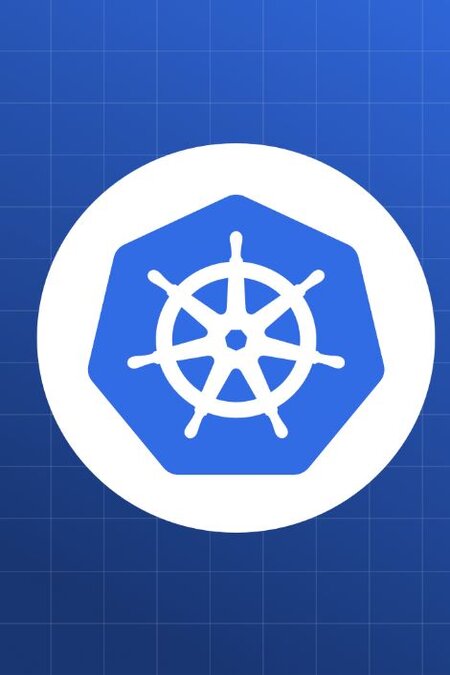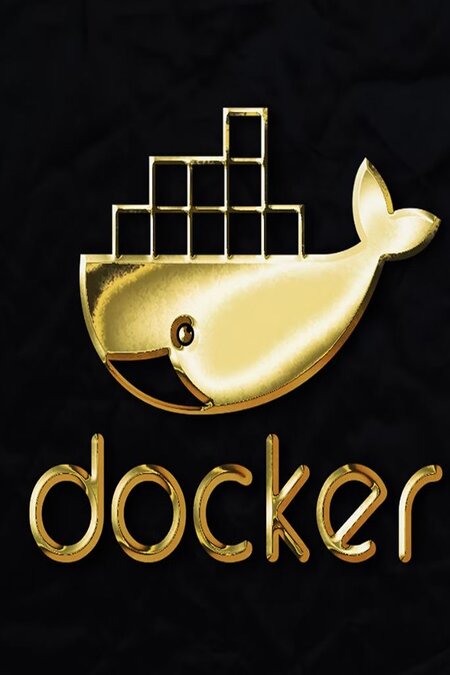Introduction to MLOps in the Context of Generative AI
MLOps, or Machine Learning Operations, is the practice of integrating machine learning models into production environments efficiently and reliably. With the rise of Generative AI (GenAI) technologies like large language models (LLMs), diffusion models, and GANs, traditional MLOps must evolve to handle unique challenges such as non-deterministic outputs, massive computational requirements, and ethical considerations. GenAI applications, including content creation, chatbots, and image generation, demand scalable pipelines that ensure models are deployable, monitorable, and adaptable. As of 2025, MLOps for GenAI emphasizes automation, governance, and continuous improvement to operationalize these models at enterprise scale.
In enterprises, extending existing MLOps investments to GenAI—often termed LLMOps or GenAIOps—involves adapting workflows for prompt engineering, retrieval-augmented generation (RAG), and fine-tuning foundation models. This article explores best practices, drawing from industry insights to help organizations build robust GenAI systems.

Challenges in MLOps for Generative AI
GenAI introduces complexities beyond traditional ML:
- Scalability and Resource Intensity: Training and inferencing require GPU-heavy infrastructure, leading to high costs and deployment hurdles.
- Non-Determinism and Evaluation: Outputs vary, making metrics like BLEU or ROUGE essential, alongside human feedback for quality assessment.
- Data Drift and Bias: Models can hallucinate or drift, necessitating ongoing monitoring for relevance and fairness.
- Security and Compliance: Handling sensitive data requires robust governance, including bias detection and audit logs.
- Integration with Existing Systems: Extending MLOps to include orchestrators for prompts and RAG adds layers to pipelines.
Addressing these ensures GenAI models are production-ready and ethically sound.
Key Best Practices for MLOps in Generative AI
Drawing from 2025 guidelines, here are consolidated best practices tailored for GenAI.
1. Implement Comprehensive Version Control
Version everything—code, data, models, and prompts—to ensure reproducibility. Use tools like Git for code, DVC for datasets, and MLflow for models. For GenAI, tag checkpoints with hyperparameters and track prompt versions to replicate experiments.
2. Automate CI/CD Pipelines
Automate testing, deployment, and retraining with CI/CD tailored for ML. Validate data quality, test for bias, and deploy via Kubernetes or serverless options. For GenAI, include shadow deployments and A/B testing to safely roll out fine-tuned models.
3. Establish Robust Monitoring and Drift Detection
Monitor performance metrics, resource usage, and outputs post-deployment. Detect data and concept drift with tools like Evidently AI. In GenAI, track prompt-response quality, toxicity, and groundedness to prevent hallucinations.
4. Prioritize Governance, Security, and Explainability
Enforce model cards, data lineage, and RBAC. Make models explainable by logging decision influences. For GenAI, incorporate red-teaming and content safety filters to address ethical risks.
5. Leverage Prompt Engineering and RAG Optimization
Extend MLOps for prompt flows and RAG by experimenting with chunking, embeddings, and search configs. Use orchestrators like Semantic Kernel for reproducible prompts.
6. Enable Continuous Learning and Retraining
Implement human-in-the-loop feedback and RLHF for iterative improvements. Define retraining triggers based on drift or feedback.
7. Build Scalable Infrastructure
Use Infrastructure as Code (IaC) with Terraform for GPU resources. Opt for cost-optimized deployments in clouds like Azure or AWS.
8. Foster Cross-Team Collaboration
Align data scientists, engineers, and stakeholders with shared workflows and tools to avoid silos.
Additional Practices from 2025 Insights
- Provenance tracking for issue resolution.
- Automated notifications for production support.
- Maturity assessments for GenAIOps.
Tools and Technologies
| Category | Tools/Technologies | Key Features for GenAI |
|---|---|---|
| Versioning & Tracking | MLflow, DVC, Weights & Biases | Model checkpointing, experiment logging, prompt versioning |
| CI/CD & Orchestration | Kubeflow, Airflow, Azure ML Pipelines | Automated fine-tuning, RAG deployment |
| Monitoring | Prometheus, Grafana, Evidently AI | Drift detection, bias monitoring, output quality |
| Deployment | Docker, Kubernetes, Triton Inference Server | GPU-optimized serving, A/B testing |
| Evaluation | Azure AI Evaluation SDK, Prompt Flow | Custom metrics for GenAI outputs |
Real-World Examples and Future Trends
Organizations like those using Azure extend MLOps for RAG in compliance-heavy sectors. In 2025, trends include multi-agent systems, edge deployment for privacy, and AI-driven MLOps automation.
Conclusion
Adopting these MLOps best practices for Generative AI ensures scalable, secure, and efficient systems. By leveraging automation, monitoring, and collaboration, enterprises can operationalize GenAI while mitigating risks, paving the way for innovative applications.


